Quinn Ewers’ decision to leave Texas for the NFL has already been justified, even after falling to the seventh round, with the quarterback earning a lucrative endorsement deal
Quinn Ewers has shown that his leap to the NFL can be just as profitable as earning through NIL deals in college following news of his Panini agreement.
The 22-year-old wrapped up his impressive and lucrative college career with the Texas Longhorns by declaring for the 2025 NFL Draft after the conclusion of the 2024 season. He was eventually picked by the Miami Dolphins in the seventh round with the 231st overall pick.
Despite being chosen in the final round, Ewers feels he’s landed in a “good spot.”
This comes after he reportedly turned down a $6-million NIL deal to transfer from Texas after three seasons, opting instead for a less lucrative $4.3-million rookie contract with the Dolphins. However, it’s been suggested that his NIL payout could have hit $8 million in 2025 had he stayed.
READ MORE: Steelers president backs off after Aaron Rodgers’ personal issues come to lightREAD MORE: Timberwolves-Thunder referee slapped and given bloody nose as game halted after seconds
His rookie contract is still nothing to scoff at, with Ewers set to pocket $1.075 million annually over four seasons at Hard Rock Stadium. If he had any regrets about the money he left on the table by moving to the NFL, his latest endorsement deal might have eased the sting a bit.
On Friday, Ewers revealed that he had inked an exclusive autograph trading card deal with Panini for his NFL trading cards. The next day, it was disclosed that the deal is worth $3 million, according to a source with “knowledge of the arrangement”, NBC reports.
His decision to swap a more profitable NIL deal for a rookie NFL contract is already proving fruitful, as he’s landed a hefty endorsement deal on top of it — the largest payday for any seventh-round draft pick in his first season.
On the field, Ewers will have to compete with starting QB Tua Tagovailoa and Zach Wilson for a regular-season roster spot. However, his Panini deal alone, worth nearly 70% of his total on-field salary, certainly cushions the blow as he gears up for his debut professional season.
The same can’t be said for former Colorado quarterback Shedeur Sanders, whose dramatic drop in the NFL Draft significantly impacted his potential earnings.
After departing the Buffaloes with a $6.5-million NIL valuation, the second-highest in all of college sports, Deion Sanders’ son will now kick off his NFL career with a base salary of roughly $1.15 million, having seen his potential earnings drastically cut due to falling to the fifth round.
READ MORE: Jaxson Dart appears to throw shade at Shedeur Sanders – ‘You better be prepared’READ MORE: Shedeur Sanders’ feelings clear on Browns QBs as he makes alarming confidence admission
Had Sanders been selected with the first overall pick as some had forecasted months earlier, he could have raked in a staggering $48 million from his rookie contract.
While his new paycheck is still a hefty sum for the average American worker, it’s a far cry from the millions he was projected to earn if his draft predictions had held steady. Prior to being picked 144th, Sanders was the second-highest NIL earner, trailing only Texas wunderkind Arch Manning.
Despite being ranked as the second-best quarterback prospect following last season’s evaluations, five quarterbacks were selected ahead of Sanders. Dillon Gabriel of Oregon, a Heisman finalist who Sanders once outpaced, was drafted by Cleveland in the third round.
This pick secured Gabriel an estimated yearly salary of $1.2 million.
Cam Ward, the top overall pick in the same draft, landed a contract worth nearly $49 million with a staggering $32 million signing bonus after being chosen by the Tennessee Titans. Sanders’ former Colorado teammate Travis Hunter managed to snag a $46.5m contract with the Jacksonville Jaguars.

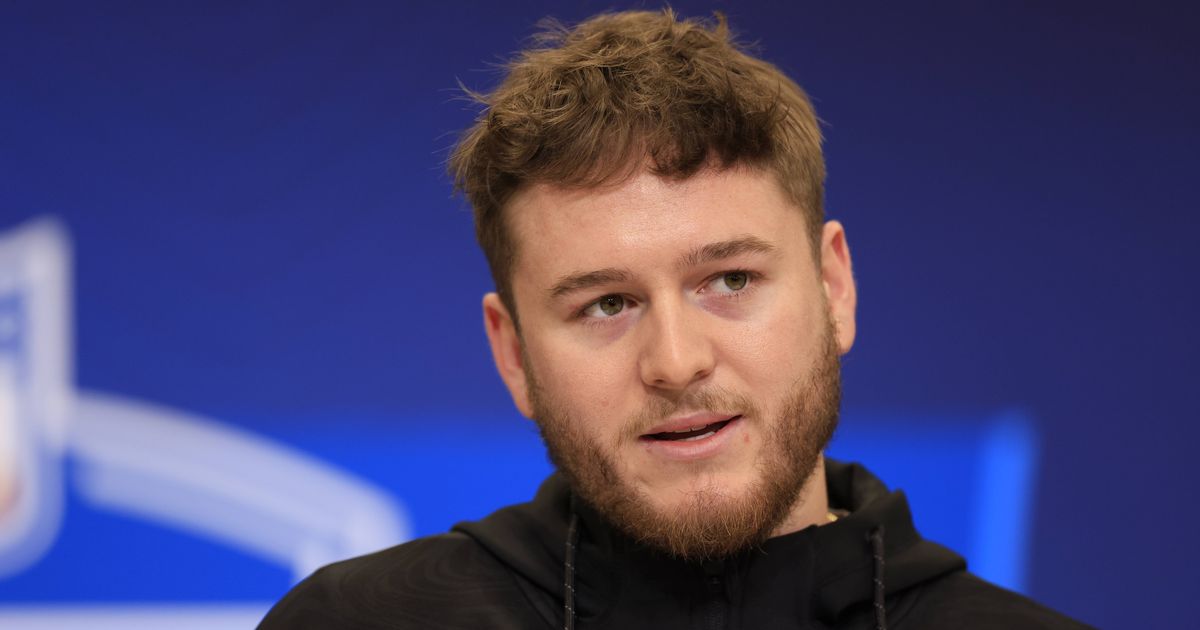





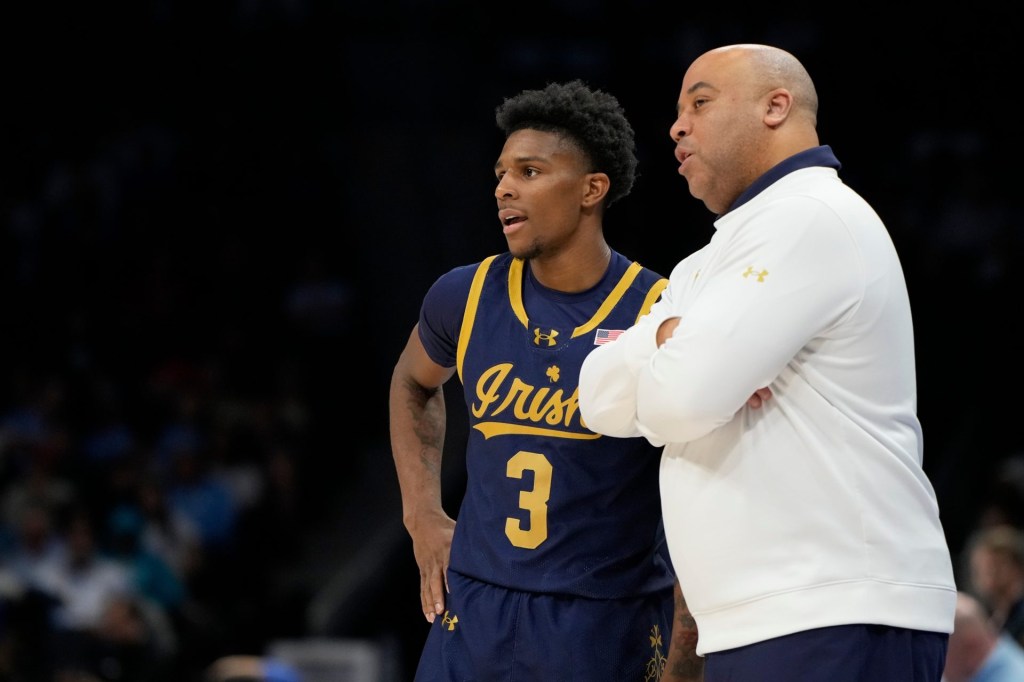
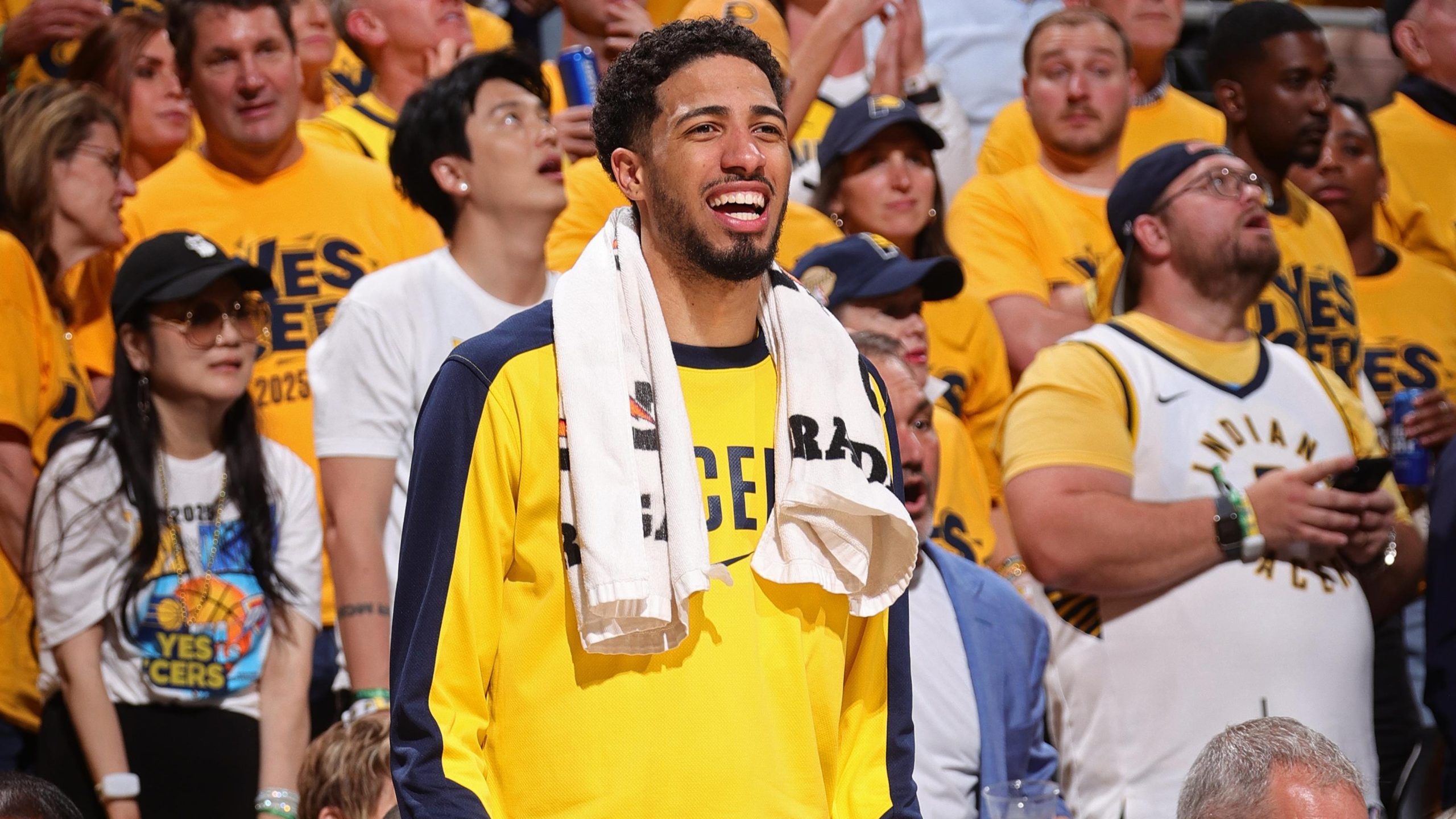



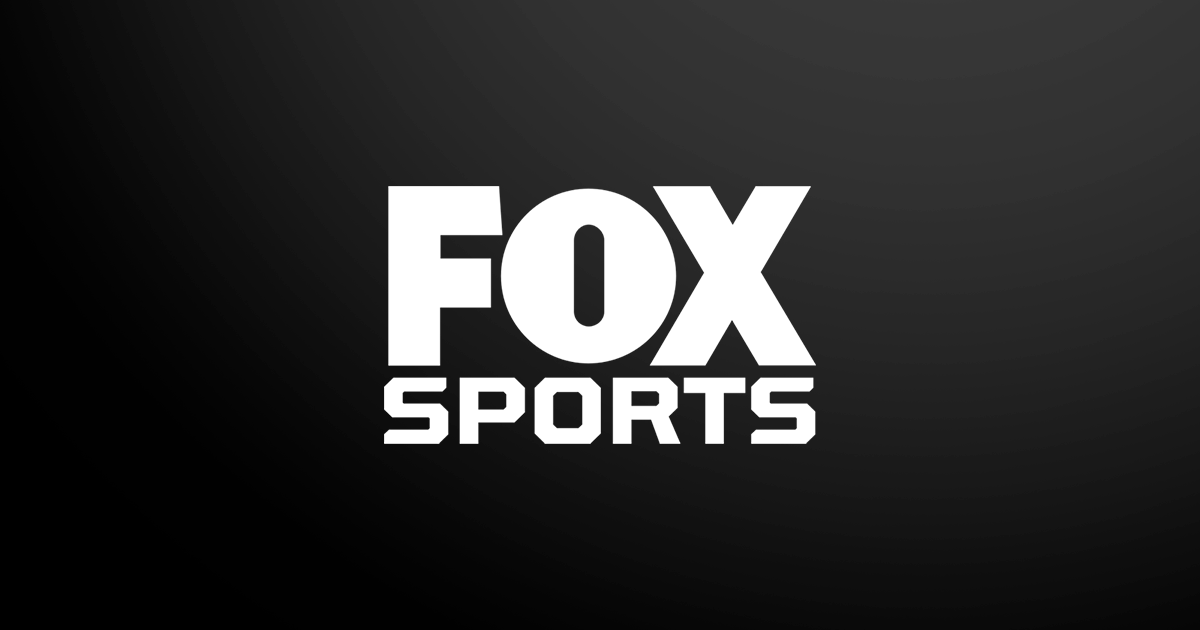













 | June 16, 2025
| June 16, 2025




































